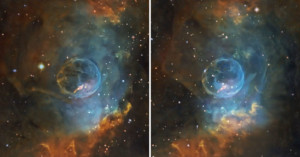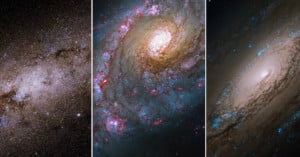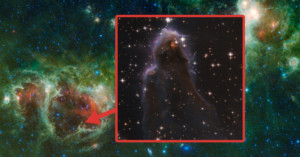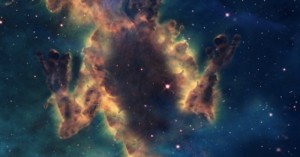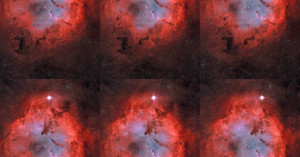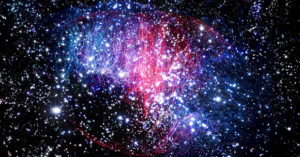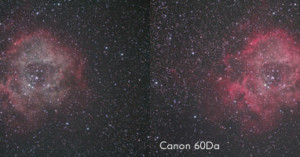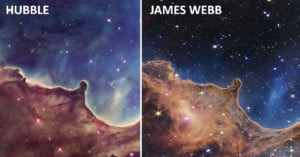
Comparing Webb’s First Photos to What Hubble Saw
NASA has finally published the first colorized, full-resolution photos captured by the James Webb Space Telescope and the detail and resolution of the images is incredible, especially when compared to the images of these same cosmic objects captured by Hubble.
